Exploring the Galleries: A Met Museum Presents Itinerary
«Met Museum Presents begins its third season in September, which will bring an array of dazzling site-specific, gallery-based performances to the Museum. Filling the Met's spaces with music, dance, opera, and theater, world-class performers will continue our mission of creating exciting programs for the Museum and its collection, allowing audiences an unparalleled experience.»
In anticipation of the new season, Met Museum Presents has assembled the following itinerary which allows visitors to experience the spaces and art that have inspired recent (and future) live performances at the Met.
Lean more about the upcoming 2014–15 season of performances and lectures.

Photograph by Stephanie Berger
Stop 1: The Astor Chinese Garden Court
Performance: Peony Pavilion(November 30, 2012)
Celebrated composer Tan Dun's seventy-minute version of the sixteenth-century Kunqu opera masterpiece The Peony Pavilion, featuring choreography by Huang Doudou, was staged in the Met's Astor Court, modeled on a seventeenth-century garden.
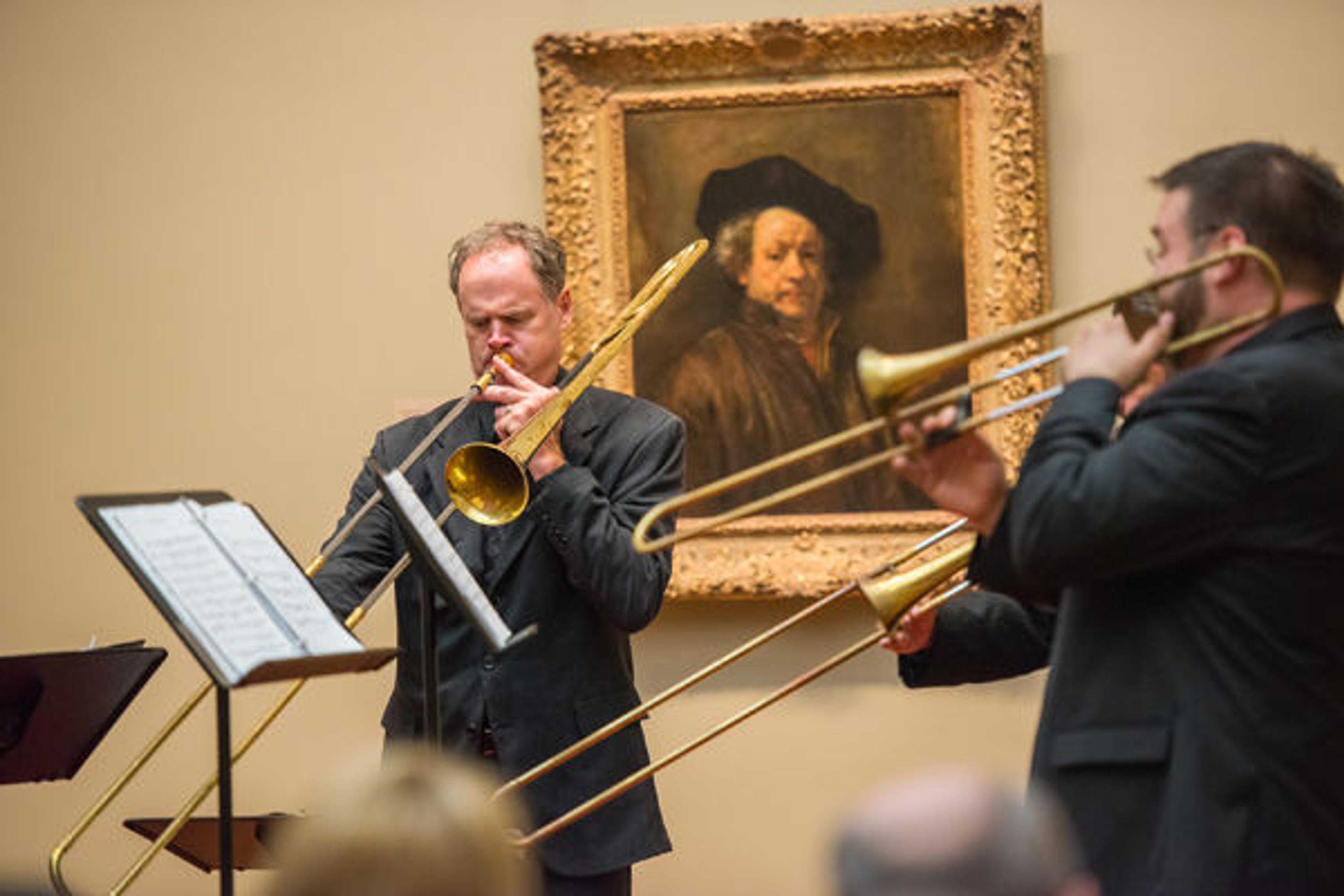
Photograph by Stephanie Berger
Stop 2: Gallery 632—Dutch Paintings in the Altman Collection
Performance: The Grand Tour (September 17 and 18, 2013)
A gallery-hopping, after-hours concert in the brilliantly reinstalled New European Paintings Galleries, 1250–1800, audiences traveled across four galleries to experience four concerts illuminating the paintings and their time periods. What was so mesmerizing, however, was just how connected the music and the art became. Even Rembrandt himself appeared to be absorbed in the performance. (The Grand Tour will return on January 21 and 22 with an all-new program.)
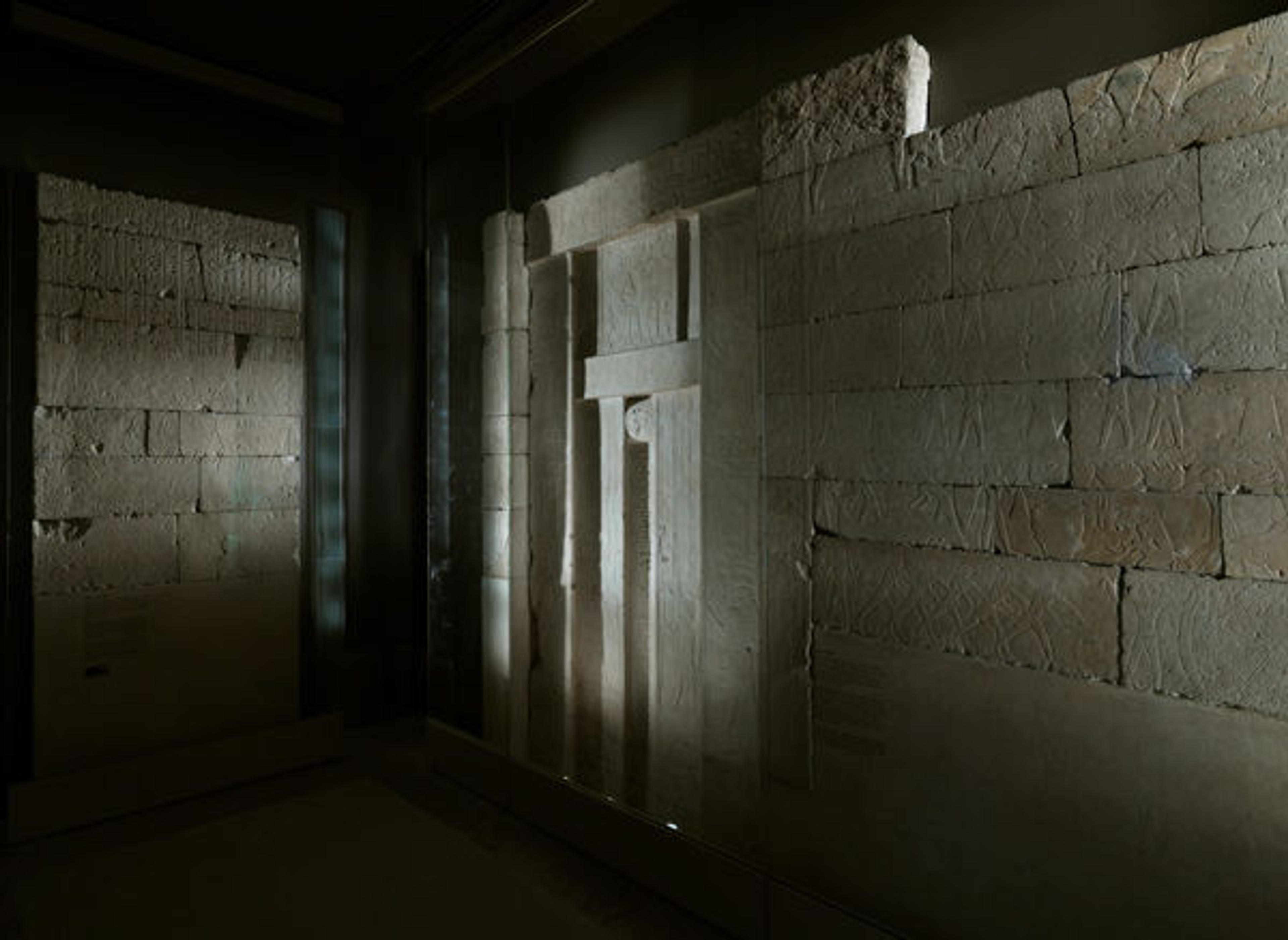
Stop 3: Tomb Chapel of Raemki
Performance: John Zorn's IAO, part of Zorn at the Met (September 28, 2013)
For an entire day, musician and composer John Zorn performed throughout the Met in celebration of his sixtieth birthday. An avid visitor to the Museum, Zorn selected fourteen spaces to fill with his restless and electric sounds. The Met was buzzing as visitors followed musicians from performance to performance. Nestled in the Egyptian Wing in the Tomb Chapel of Raemkai—a small but powerful gallery—you could hear Zorn's IAO as ambient sound.
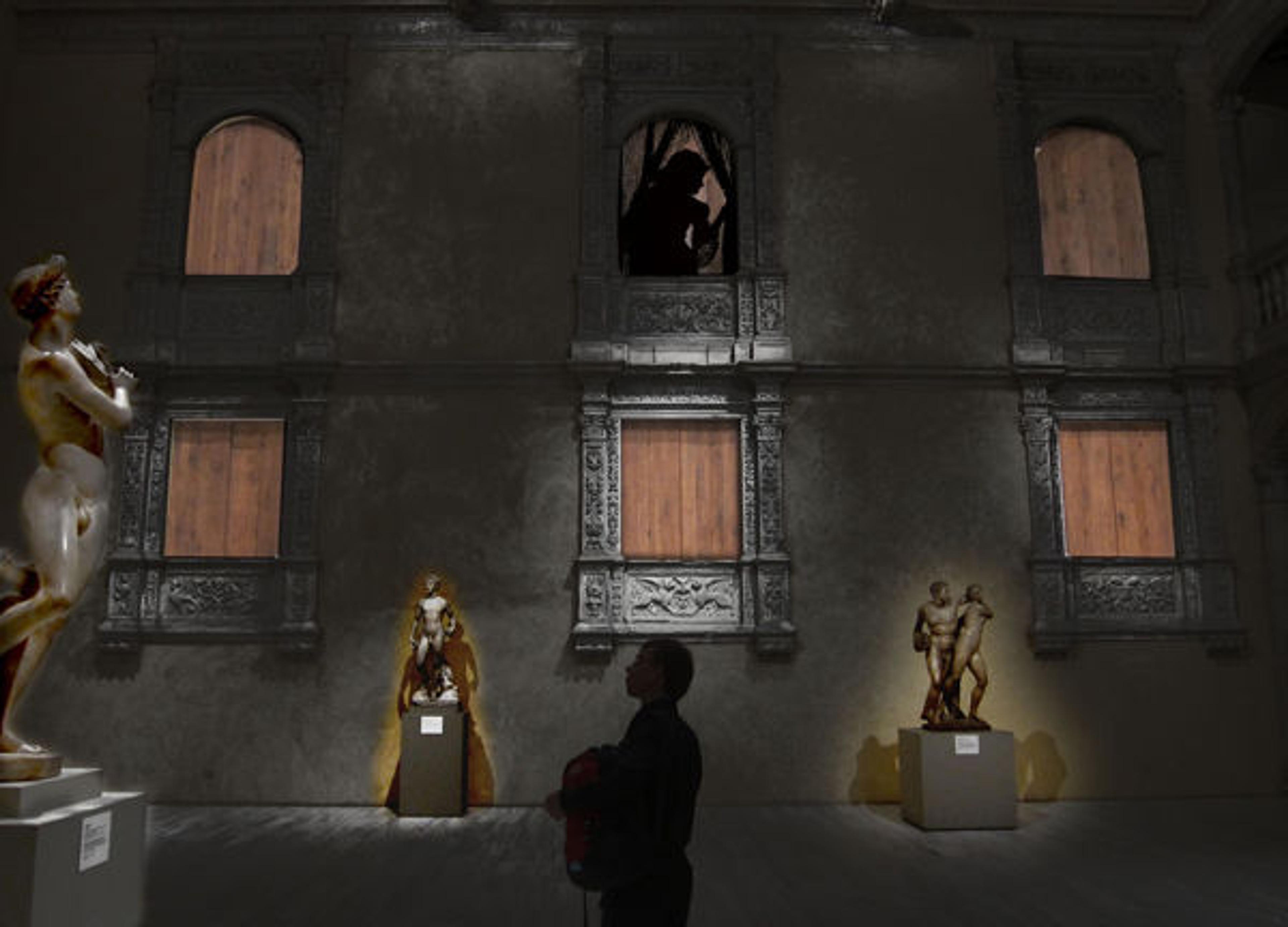
La Celestina rendering, courtesy of Opera Erratica
Stop 4: Patio from the Castle of Vélez Blanco
Performance: La Celestina (March 20–March 29, 2015, daily during Museum hours)
A video opera commissioned for the gallery, La Celestina tells a tragic tale using a multichannel audio and video installation that places the architecture and the sculptures at the center of the story, making them narrators and characters as the plot thickens and twists. The music combines Spanish villancicos (polyphonic vocal music) with Judeo-Spanish as well as Arabic and Andalusian folk music.
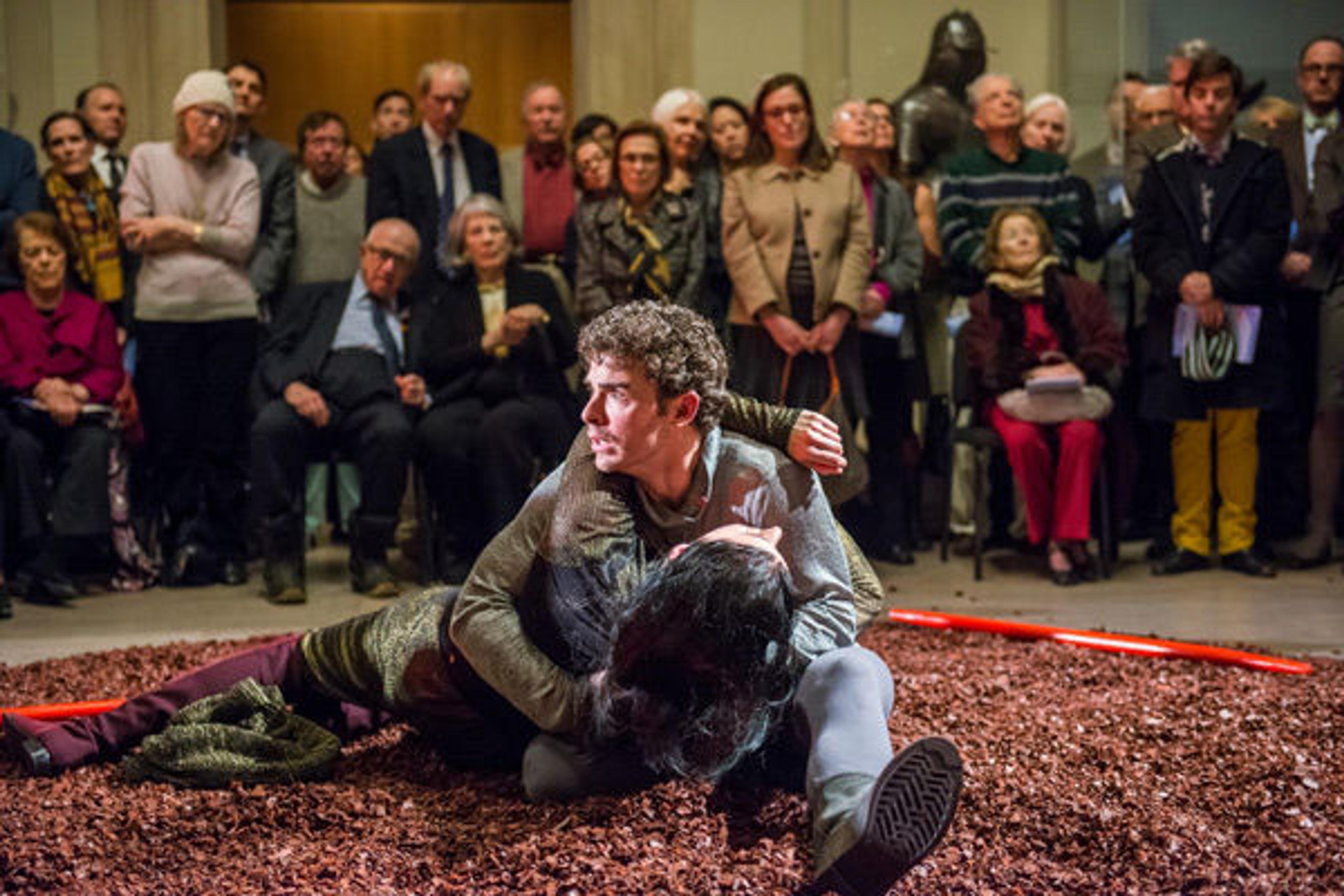
Photograph by Stephanie Berger
Stop 5: The Emma and Georgina Bloomberg Arms and Armor Court
Performance: Monteverdi's Il combattimento di Tancredi e Clorinda, performed by Gotham Chamber Opera (February 26 and 27, 2014)
Battling on rubber mulch mounds (it is a gallery, after all!) placed in the center of the Arms and Armor Court, opera singers from Gotham Chamber Opera performed Monteverdi's story of two warriors clashing in battle. Brilliant suits of armor completed the theater-in-the-round experience.
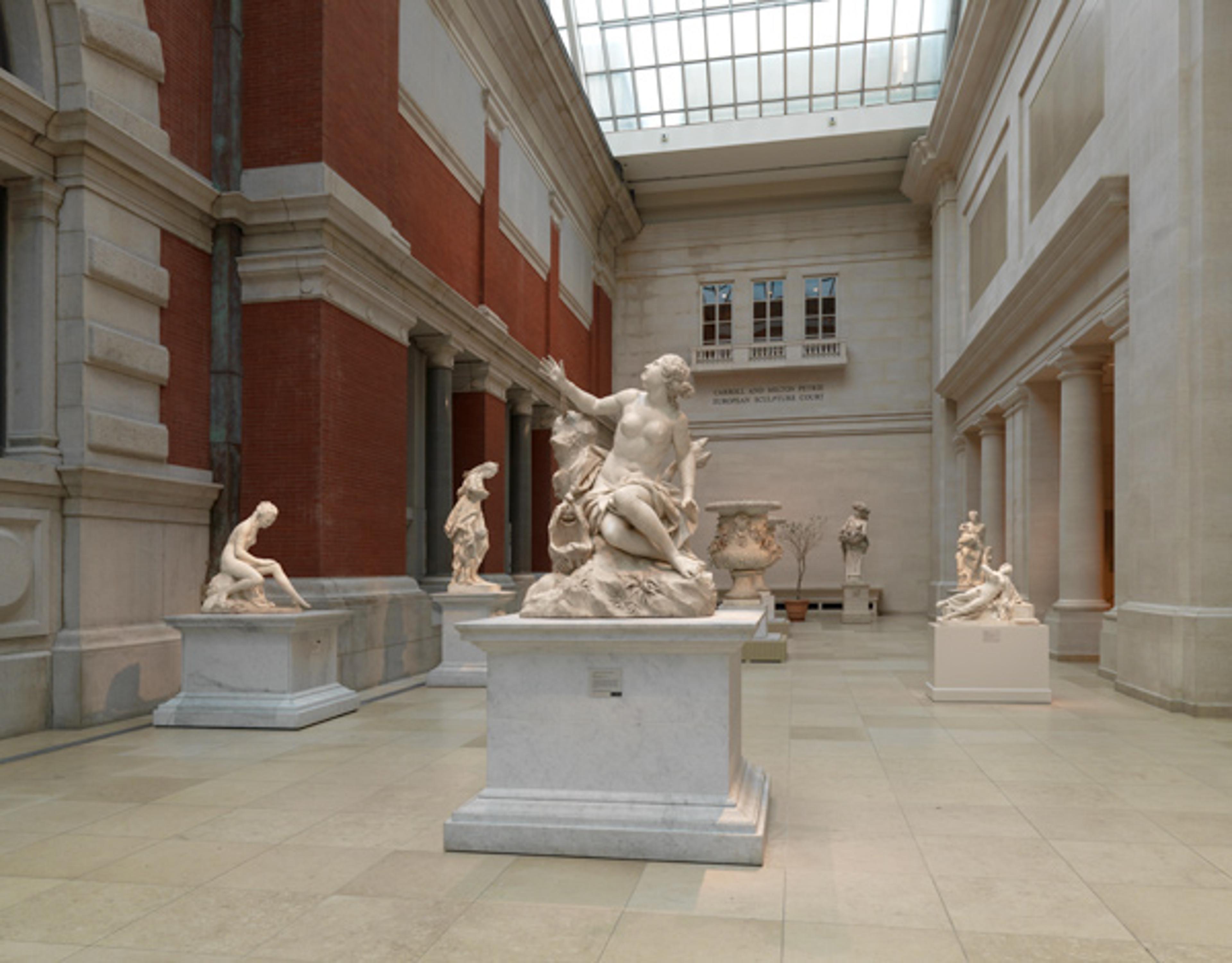
Stop 6: The Petrie Court Café
Performance: Let Me Ascertain You by The Civilians, 2014–15 Artists in Residence (September 12 and 13, 2014)
The Civilians, a New York–based investigative theater company, is the new Artist in Residence and will spend a year exploring the galleries and developing narratives for several exciting evenings of theater. Their first, Let Me Ascertain You, reinvents pieces from their repertory on themes of love, beauty, and conflict in a cabaret-style event.

Photograph courtesy of Alan Pierson
Stop 7: The Charles Engelhard Court
Performance: Alarm Will Sound Flash Mob (November 18, 2013)
As the 2013–14 Artists in Residence, Alarm Will Sound staged a "spontaneous" concert in the middle of the American Wing for a crowd of surprised Museum visitors and school groups. Performing Aphex Twin's Cliffs—arranged by Alarm Will Sound member Caleb Burhans and staged by Nigel Maister—the musicians played their instruments lying on the floor while vocalists wove in and out of the horizontal performers. The flash concert included a total of sixteen performers: flute, oboe, clarinet, bass clarinet, horn, trumpet, trombone, marimba, mbira, piano, two violins, viola, cello, and two singers.
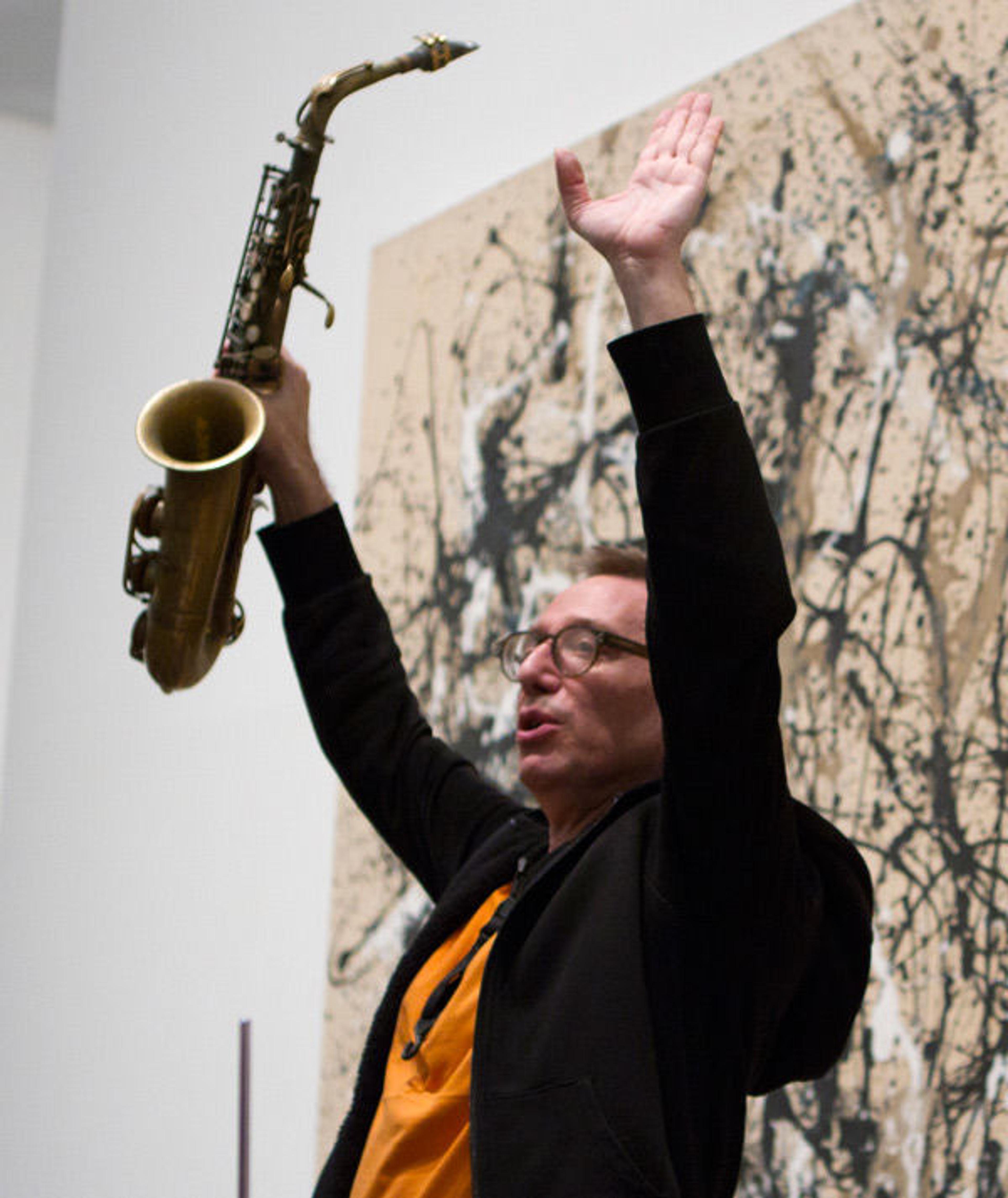
Photograph by Stephanie Berger
Stop 8: Gallery 921—Abstract Expressionism
Performance: Duo Improvisation, part of Zorn at the Met (September 28, 2013)
At 2:00 p.m. on the afternoon of the Museum-wide Zorn celebration, the audience (now the size of a mob) made their pilgrimage to the Modern and Contemporary Art galleries, where people took a seat wherever they could find an empty inch of carpet to hear John Zorn on alto saxophone and Milford Graves on drums perform an incredible improv session in front of Jackson Pollock's Autumn Rhythm (Number 30). The energy was electric.
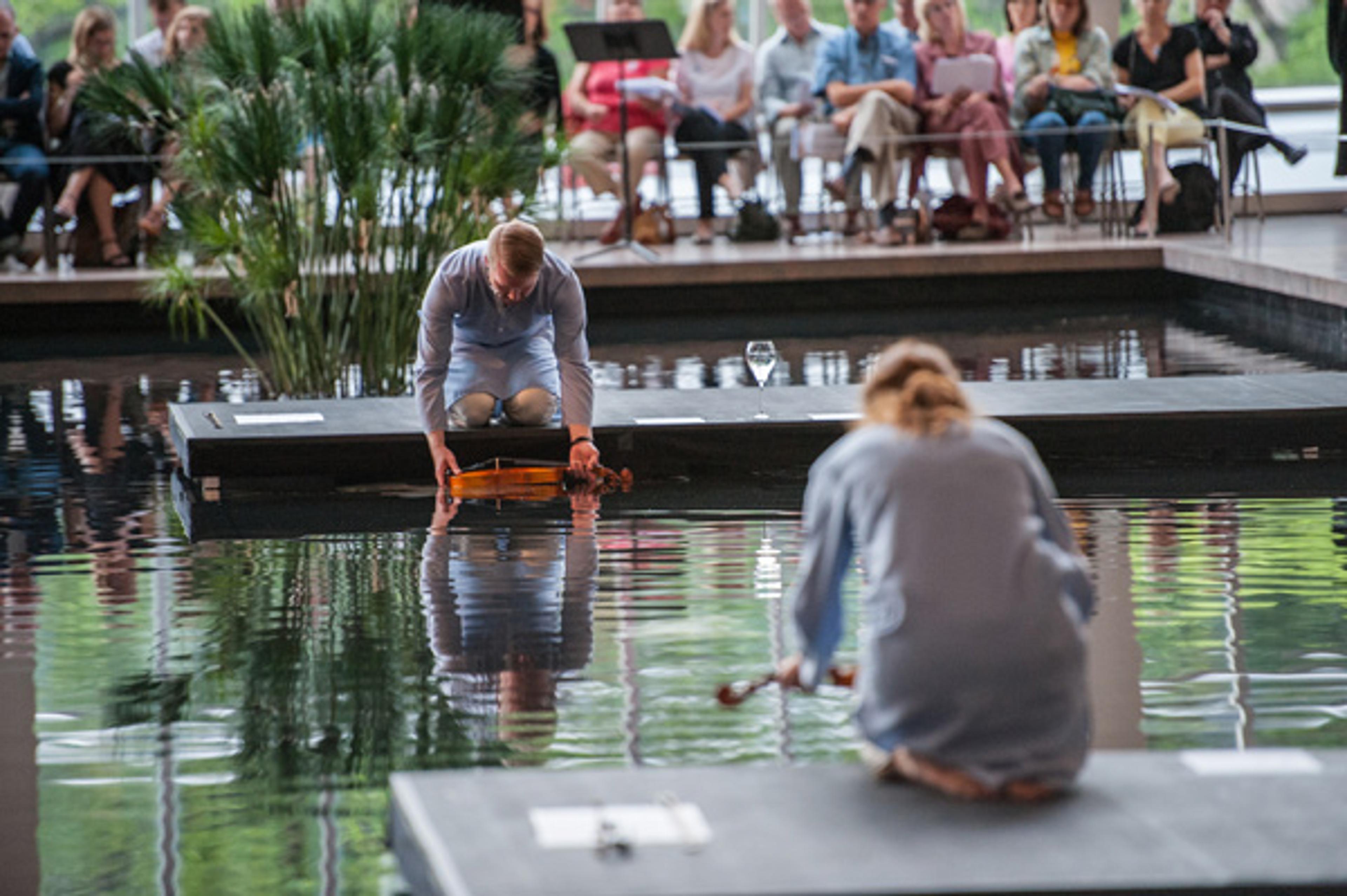
Photograph by Stephanie Berger
Stop 9: The Temple of Dendur in The Sackler Wing
Performance: I Was Here I Was I (June 20, 2014)
I Was Here I Was I, commissioned for the Met, was the finale to Alarm Will Sound's yearlong residency—an adventurous new work that provided some of the most sublime, meditative, and dramatic moments of their five performances. The music (including spoken text) by Kate Soper and libretto by Nigel Maister spanned from Ancient Nubia to the present day and was inspired by the Temple itself.
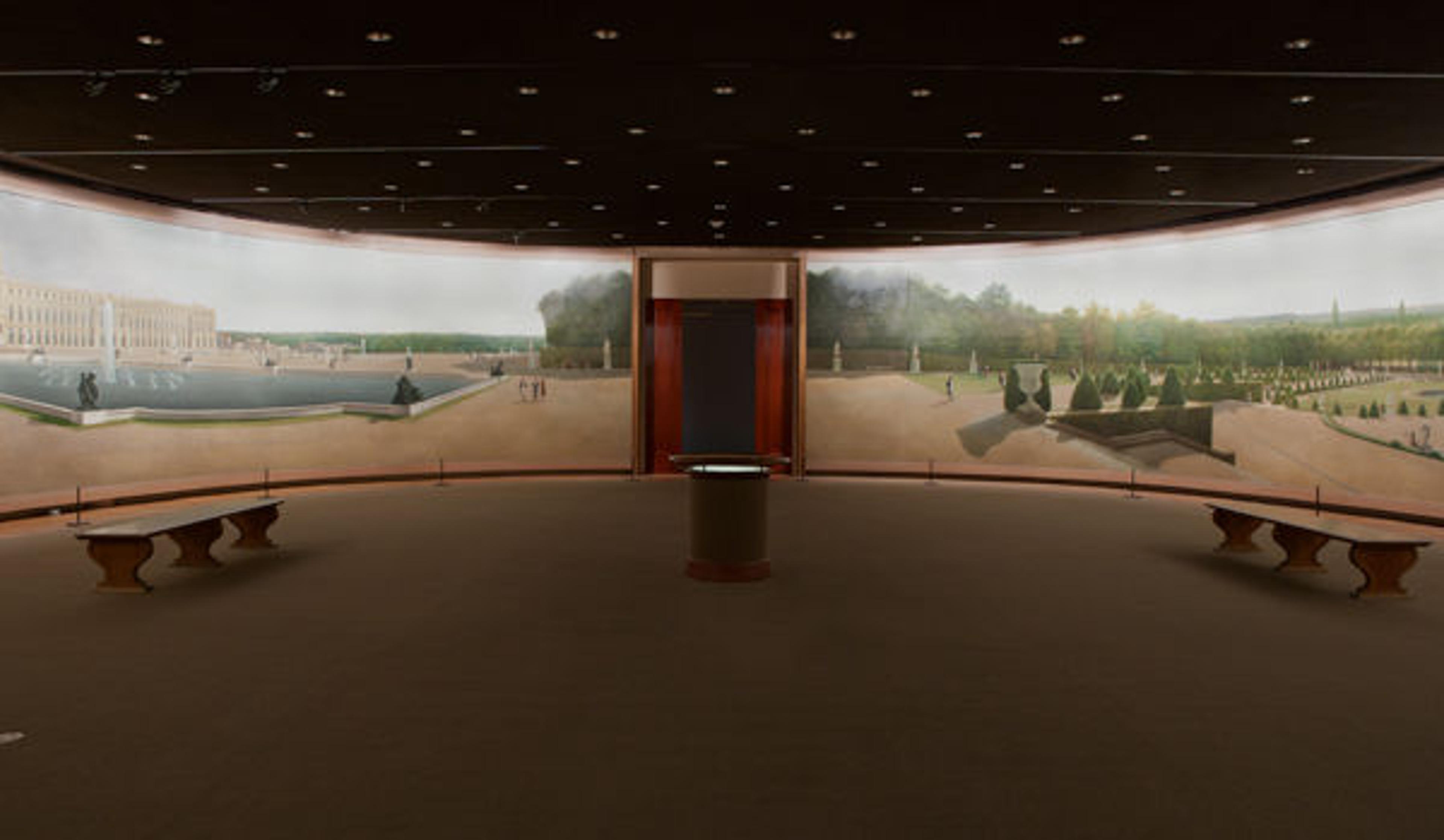
Stop 10: Gallery 735—Vanderlyn Panorama
Performance: One day . . .
The gallery housing John Vanderlyn's Panoramic View of the Palace and Gardens of Versailles is on General Manager of Concerts and Lectures Limor Tomer's site-specific wish list. Which performance will the Met's panoramic view of the palace and gardens of Versailles inspire?
Related Link
Now at the Met: Met Museum Presents articles
Meryl Cates
Meryl Cates is a senior publicist in the Communications Department.